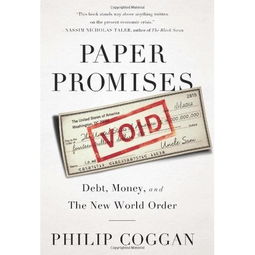Money and Coin: A Comprehensive Guide
Money and coins have been integral to human civilization for centuries. They serve as a medium of exchange, a store of value, and a unit of account. In this article, we will delve into the fascinating world of money and coins, exploring their history, types, and uses.
History of Money and Coins

The concept of money dates back to ancient times. Initially, people used barter to exchange goods and services. However, barter had limitations, as it required a double coincidence of wants. To overcome this, people started using precious metals like gold and silver as a medium of exchange.
Coins, as we know them today, were first introduced in ancient Lydia, now part of modern-day Turkey, around 700 BC. These coins were made of electrum, a naturally occurring alloy of gold and silver. Over time, different civilizations developed their own coinage systems, using various metals and denominations.
Types of Money

Money can be categorized into several types based on their form and function. Here are some of the most common types:
-
Cash: Physical currency in the form of paper money and coins. It is widely used for daily transactions.
-
Electronic Money: Digital forms of money, such as bank transfers, credit cards, and mobile payments. These are increasingly popular due to their convenience and speed.
-
Commodity Money: Money that has intrinsic value, such as gold, silver, and other precious metals. Historically, commodity money was widely used, but it is now rare in modern economies.
-
Representative Money: Money that represents a claim on a commodity, such as gold or silver. Paper money is an example of representative money.
-
Fiat Money: Money that has no intrinsic value but is declared legal tender by the government. Most modern currencies are fiat money.
Types of Coins

Coinage varies widely across different countries and regions. Here are some common types of coins:
-
Commemorative Coins: Coins issued to celebrate a special event or person. They often have unique designs and are collectible.
-
Collectible Coins: Coins that are rare or have special features, making them valuable to collectors.
-
Legal Tender Coins: Coins that are recognized as official currency by the government. They can be used for transactions.
-
Collectible Coins: Coins that are rare or have special features, making them valuable to collectors.
-
Commemorative Coins: Coins issued to celebrate a special event or person. They often have unique designs and are collectible.
How Coins are Made
Coin production involves several steps, from designing the coin to distributing it to the public. Here’s a brief overview:
-
Designing the Coin: Artists and designers create the coin’s design, which includes the denomination, effigy, and any other relevant symbols.
-
Creating the Die: The design is transferred to a die, which is a metal stamp used to mint the coin.
-
Minting the Coin: The dies are pressed into a blank metal disc, called a planchet, to create the coin.
-
Quality Control: The coins are inspected for any defects or imperfections.
-
Distribution: The coins are distributed to banks, retailers, and other outlets for use in transactions.